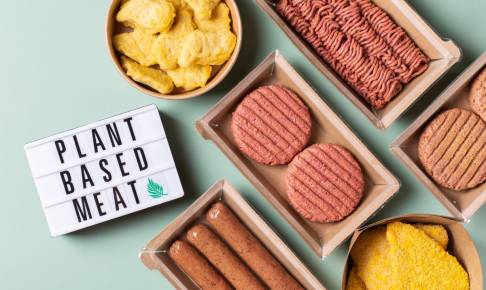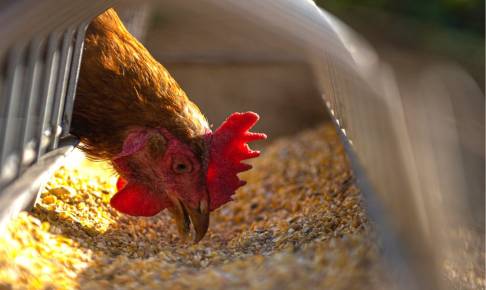Mycotoxins: the limits of EU controls
Are regulatory limits a good compromise between public health and economic interests?
The EU undoubtedly has the strictest mycotoxin regulations in the world. The complex and supposedly well-structured system that enforces these regulations and guarantees the highest level of safety for EU citizens actually has some weak points and even a few gaps. The EFSA and the European Commission receive official control results neither in the right way nor at the right time so this system does not work as well as it should.
Mycotoxins, often hidden and partially unavoidable
There are hundreds of mycotoxins (RIVM 2019). We all know of common food commodities often contaminated by mycotoxins, such as cereals or spices, but these contaminants can be present in almost any food, even fermented or dried foods like beer, cheese, dried fruits, and hams (Fig. 1).
What are the effects of mycotoxins on human health? There are many (Fig. 2). Acute effects vary from vomiting (Vomitoxin is the other name of DON) to severe hepatic damage or neurotoxicity; there are even a few well-documented cases of acute deadly aflatoxicosis in the literature (Krishnamachari 1975; Azziz-Baumgartner 2005). Additionally, fungi producing mycotoxins may have developed to survive longer and this natural evolution may have increased our exposure to mycotoxins.
Mycotoxins for which we have a proper understanding of the risk are just the tip of the iceberg. Out of almost 500 compounds, we have toxicological knowledge of less than 100 (RIVM 2019). In very few cases do we have enough data to allow toxicologists to determine the maximum acceptable total daily intake (TDI) and then for regulators to establish a maximum limit (ML) for that compound in order to avoid over-exposure and the related health consequences. Until now, only two mycotoxins (aflatoxin B1 and aflatoxin M1) have been classified as carcinogenic for humans (IARC group 1). A few other are considered “possibly carcinogenic” (ochratoxin A, fumonisin B1, IARC group 2B). However, in a few years, ochratoxin could be recognized as carcinogenic in humans and other mycotoxins could join the group of “possible human carcinogen”.
Given the human mycotoxin burden, we have to acknowledge that the world is divided between high-income countries (HICs), or “developed” countries, and low- and middle-income countries (LMICs) where the majority of the human population reside. In HICs, consumers are exposed to many hazardous chemicals, some due to environmental pollution (PCB, dioxins, PAH etc.), some due to pesticides for crops, and some due to veterinary drug residues from farm animals. Diets in HICs are relatively varied and this can help to mitigate the impact of some contaminants. Unfortunately, however, in recent years in addition to mold toxins, we have discovered hazardous compounds in plants, particularly in herbs and honey, that affect even the most careful vegetarian and organic-oriented consumers in HICs. Moreover, one of the most dangerous mycotoxins, ochratoxin A, is present in so many foodstuffs that even with a varied and organic diet exposure still occurs and can create problems (see Chiara Dall’Asta’s paper on page 60 for an interesting update on this topic).
On the other side of the world diets are typically less varied. Rice, corn, other cereals, some nuts, and oily seeds are staple foods in parts of Asia and Africa, wh
Download content now





















